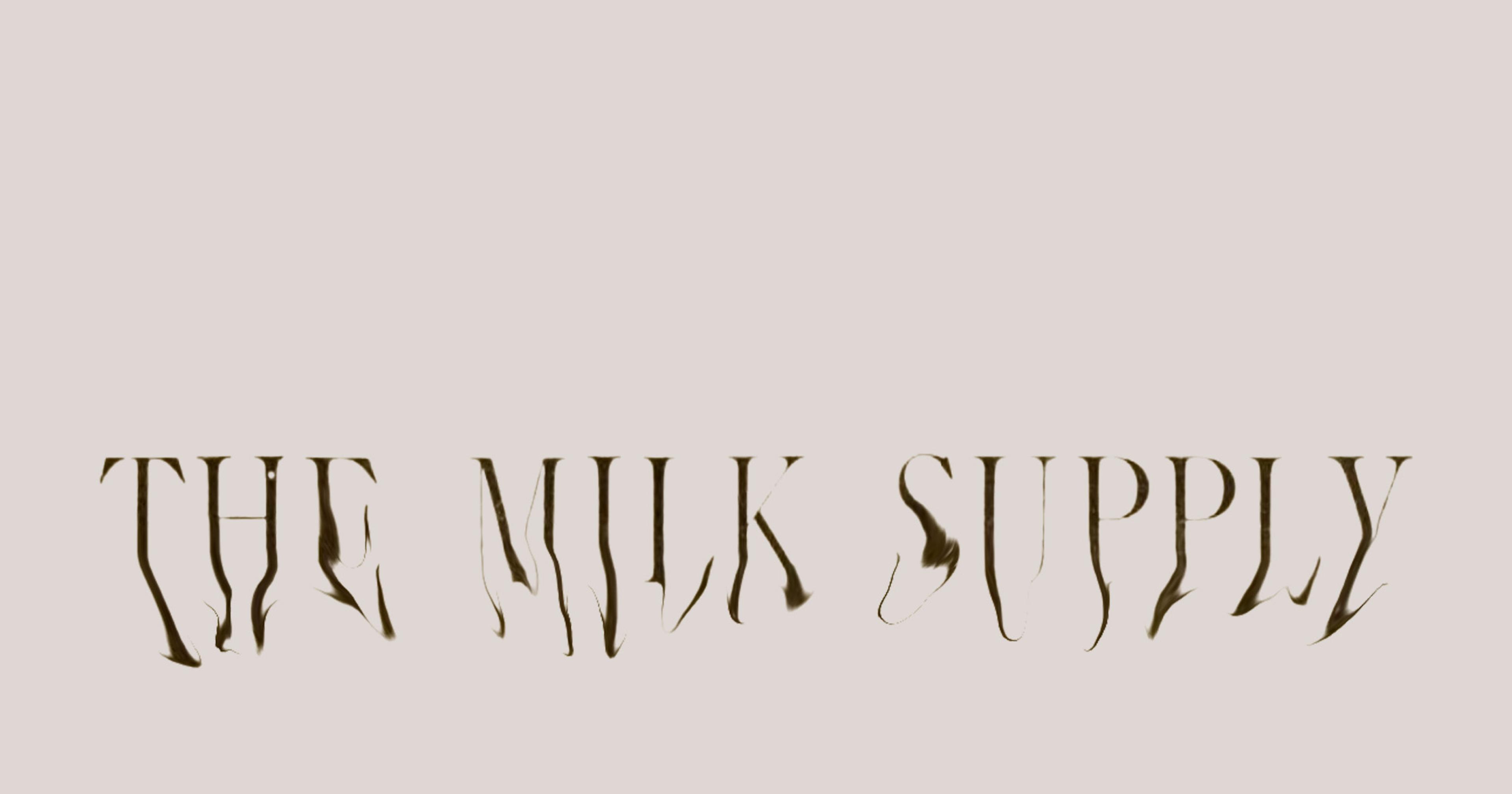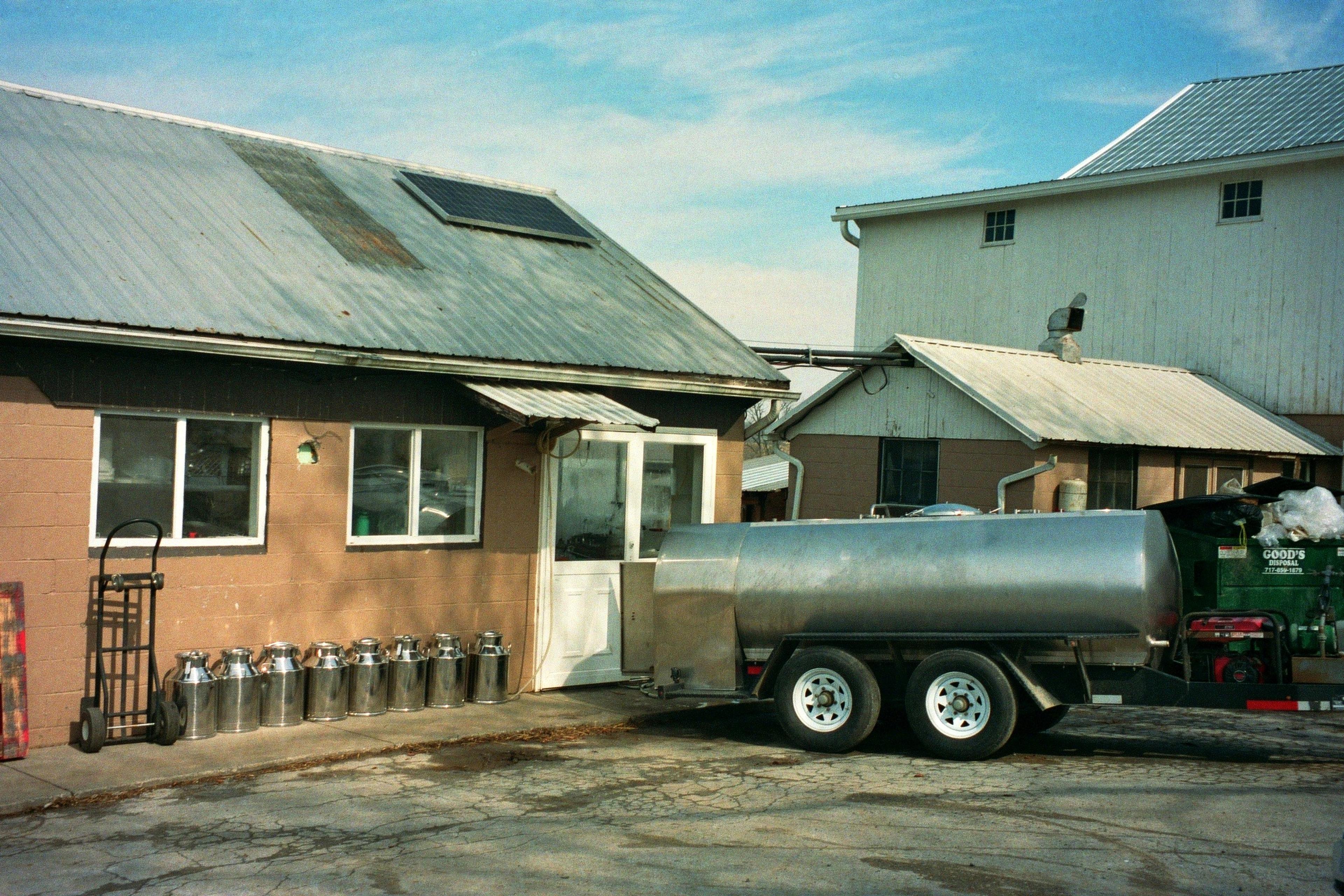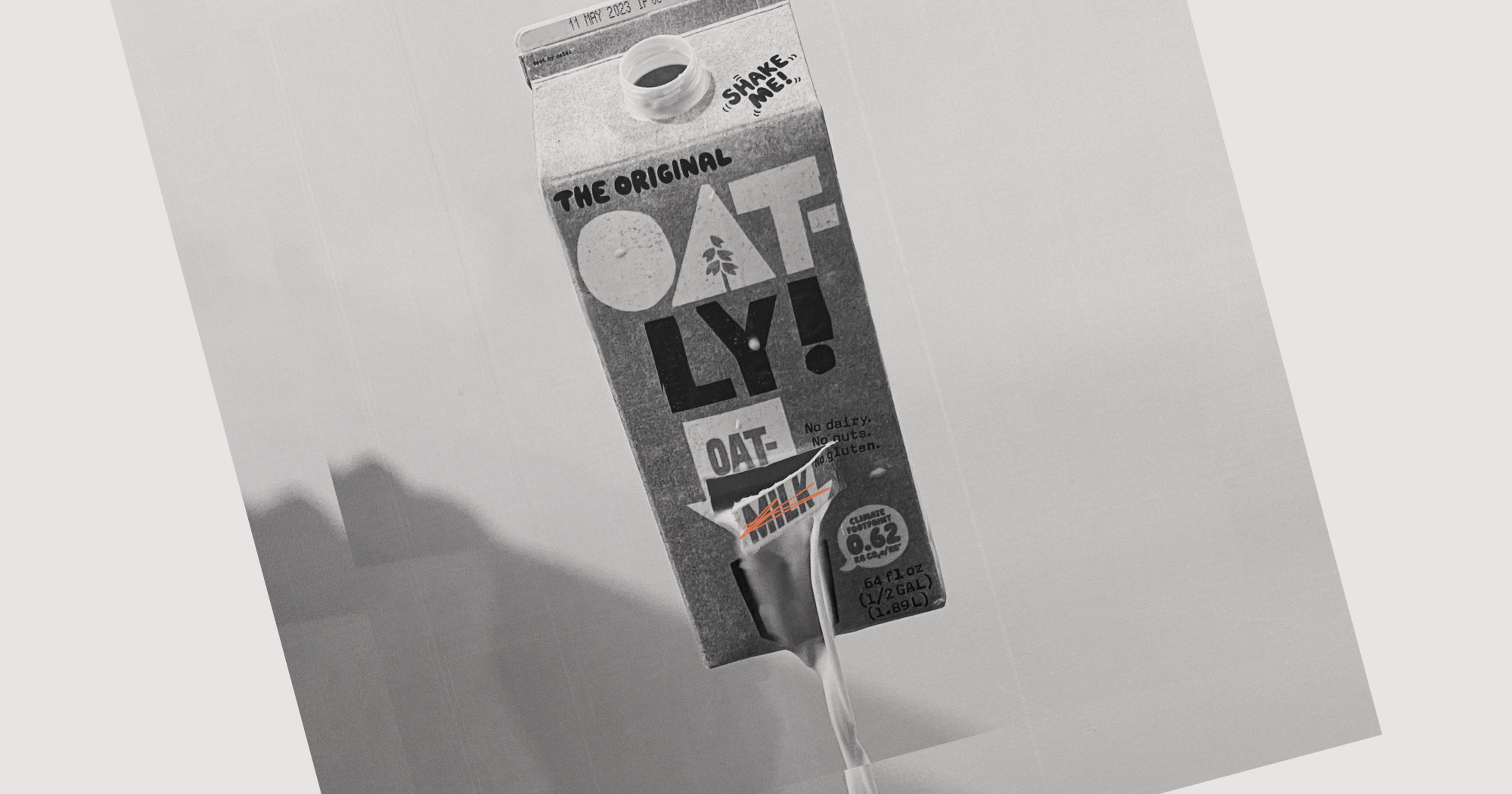The public is fascinated by images of thousands of gallons of milk being discarded in farm fields each year. The reasons are complicated.
It’s something of an annual tradition. Most years, right around this time, local news stories pop up about dairy farmers dumping thousands of gallons of milk down the drain or out in the field. One year it’s Utah. Another year, Georgia. This year it’s Wisconsin and Minnesota. It’s tragic imagery, a visceral depiction of senseless waste, and it makes great headlines. But what’s actually going on here?
“I think the simplest way to explain it is to think of a factory, you know, that produces socks,” said Jared Hutchins, assistant professor of agricultural and consumer economics at the University of Illinois, Urbana-Champaign. “One year your buyers say, ‘Oh, you know what, we have enough socks,’ then you say, ‘Great. I’ll turn off all the machines making socks.’ Now think about dairy. That’s not possible. If your buyer says they have enough and don’t need anymore, you can’t go to your cows and say, ‘Hey, girls, you know, we have enough milk, you can stop producing now.’”
It’s a simple enough explanation, compounded by hundreds of complicating factors related to the supply chain, consumer demands, labor shortages, weather, even Covid — during the first year of the pandemic, millions of gallons of milk were dumped.
But some might ask, if there’s so much excess milk, why are prices continuing to rise? At $4.042 in May, a gallon of milk is slightly more expensive this month than last, and 15.2% more expensive than this time last year. And aren’t there ways to avoid milk waste by, say, turning milk into cheese, or donating it to hungry people in need?
It’s not always so simple.
The Spring Flush
For dairy farmers, right now is a funny time of year. Starting in March, “spring flush” is the time when milk production is at its highest, owing to the rhythms of cow biology. Those milky times will slow down by summer, but in June, there’s an annual struggle. School is closed for summer break, meaning one of the country’s most reliable dairy buyers — roughly 7.5% of the national supply — has closed up shop. Meanwhile, cows are still putting out peak amounts of milk.
“When you’re in this period of the calendar, where schools have by and large let out, the demand for fluid milk, because we don’t have school lunch, is going down,” said Scott Brown, interim director of the Rural & Farm Finance Policy Analysis Center at the University of Missouri. “At the same time, it’s seasonally when we tend to be producing the most milk on the farm. So when those things don’t exactly match up, you find yourself in these situations where you see some milk dumped.”
But given that this is an annual event, aren’t there safeguards that can be put into place to find a home for all the surplus milk? Not always.
Take this year’s situation in the Upper Midwest, where farmers have been forced to dump thousands of gallons of milk — a situation Minnesota dairy farmer Mitch Thompson told RFD-TV was a real “kick in the shorts.” The key factor in this situation is processing capacity — one Minnesota production facility was shut down for 30 days, leaving other facilities maxed out. There’s simply nowhere to bring the milk; Thompson’s product was dumped on the rye fields of a neighboring farmer.
“I really can’t afford to drive a truck full of milk very far before it’s just not worth hauling it.”
Further, dairy farmers rarely have enough storage on-site to keep stockpiling milk when cows are at their most productive — and it’s a highly perishable product. Compounding the problem, if a farmer wanted to send raw milk for processing outside their immediate area, it gets really expensive, really quickly. “It’s the ratio of weight to value that really matters here,” said Daniel Sumner, professor of agricultural and resource economics at University of California, Davis. “This means I really can’t afford to drive a truck full of milk very far before it’s just not worth hauling it.”
Exacerbating the issue, truckers are in short supply right now, an issue that significantly worsened during the pandemic and hasn’t much improved. “I keep hearing it is just tough to make sure there’s enough trucks and drivers,” said Brown, “to make sure all milk is distributed on an everyday basis.”
And that means it’s difficult to get that milk anywhere, whether it’s intended for sale or donation.
What’s the Crisis Level?
You may have heard that Americans — particularly younger consumers — are drinking less fluid milk, possibly because of competition from plant-based alternatives. “It’s not huge, but it’s significant,” said Christopher Wolf, E.V. Baker Professor of Agricultural Economics at Cornell University, referring to the dent that alternative milks have made on the dairy industry. “It’s like 5 or 6% of the beverage milk market would be the alternative milks. So it’s definitely true that it has affected [dairy farmers].”
But year over year, our dairy consumption — and subsequent production — continues to rise. Slumping liquid milk sales are more than made up for by the yogurt, cheese, ice cream, and other dairy we consume. “In the last five or six years, we’ve kind of moved from drinking the milk to eating the dairy products,” said Wolf.
That’s not to say there aren’t significant industry struggles, as corporate consolidation drives smaller dairy farmers out of business, and as climate issues impact milk production. But none of the experts we spoke with for this article see milk dumping as a canary in the coalmine for any bigger issues.
Additionally, the farmers will continue to get paid, despite the dumping. The vast majority of dairy farmers in the U.S. are member/owners of a dairy cooperative, like Thompson, who noted he would still get paid for his dumped milk. Additionally, Sumner noted that the federal government steps in to subsidize dairy farmers when prices dip.
“Here’s his bulk tank full of milk, and he’s being told to go open the spigot and put it in the lagoon.”
But that doesn’t mean it’s an easy thing for farmers to see their product wasted, considering all the effort and resources that go into producing it, and the natural value of the product. “Here’s his bulk tank full of milk, and he’s being told to go open the spigot and put it in the lagoon,” said Brown. “Yeah, that’s the last thing they want to have happen. That is a very, very sad day.”
Joe Knolle, Jr., who owns Knolle Dairy Farms in Sandia, Texas, had to dump milk out more than once in the past. During the pandemic, he described the frustrating feeling of people coming to his property looking to buy milk, only to turn them away because the product wasn’t bottled for sale. “It was really frustrating,” Knolle said. “We had all this milk, and we couldn’t give it to people who wanted it.”
Sarah Schmidt, vice president of marketing with Associated Milk Producers, the largest cheese co-op in the U.S., said it’s painful to farmers when all the hard work of dairy production ends up down the drain, and the “nutritious product can’t go to someone who needs it.”
To be clear, despite how viscerally jarring it is to see images of perfectly good milk poured out in a cornfield, this is not a huge percentage of our dairy supply. Even in April 2020, when things were at their diciest, the amount of milk dumped hit just 2.5%.
That said, “If any dairy farmer had the option of donating it to somebody, I think they would be absolutely happy to do that,” Hutchins said. “Especially when the alternative is that they have to dump it down the drain. This is a bad situation for everybody.”










